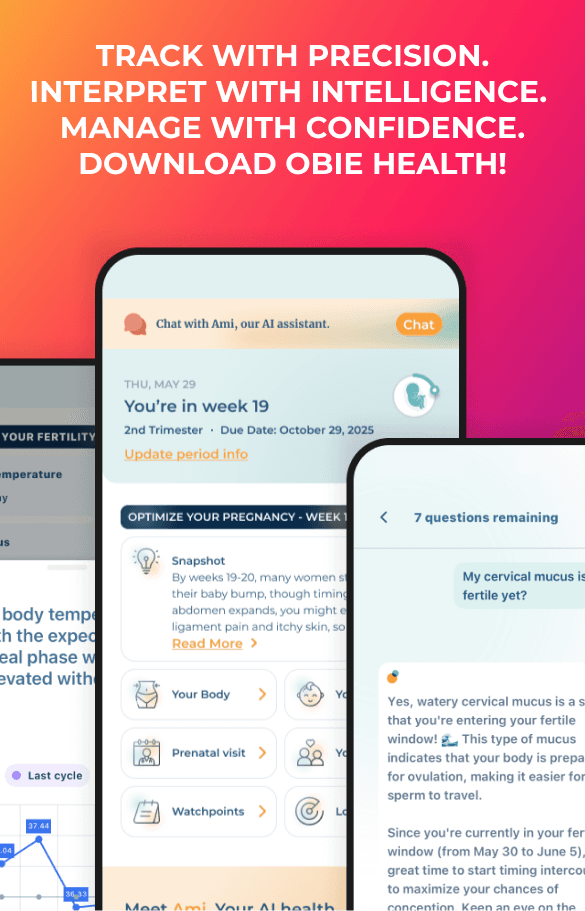No Peeking! Are Ultrasounds Really Safe for Babies?
Obie Editorial Team
Little research has been done into the true impact of repeated ultrasound imaging on a developing fetus. One study, however, involved two groups of women selected randomly to participate either in an intensive group or a normal group. In the normal group, participants received one ultrasound scan at 18 weeks. This is usually considered the “anatomic development” scan and is the point at which the growing baby is checked to ensure it is developing properly. The intensive group received scans five times during their pregnancies, at 18, 24, 28, 34 and 38 weeks. The results showed only one difference between the babies born to these women. Women in the intensive group experienced dramatically higher instances of intrauterine growth restriction than those women who were in the normal group. Though not enough evidence has been gathered to make an absolute correlation, these results do indicate that an increased amount of ultrasound and Doppler flow exposure could have a negative influence on fetal growth. To be on the safe side, many experts now are recommending that doctors limit ultrasound imaging only to those patients who would have a distinct clinical benefit from such testing.
Source: Prof J.P. Newnham. Effects of frequent ultrasound during pregnancy: a randomised controlled trial. The Lancet. Volume 342, Issue 8876, 9 October 1993, Pages 887–891







